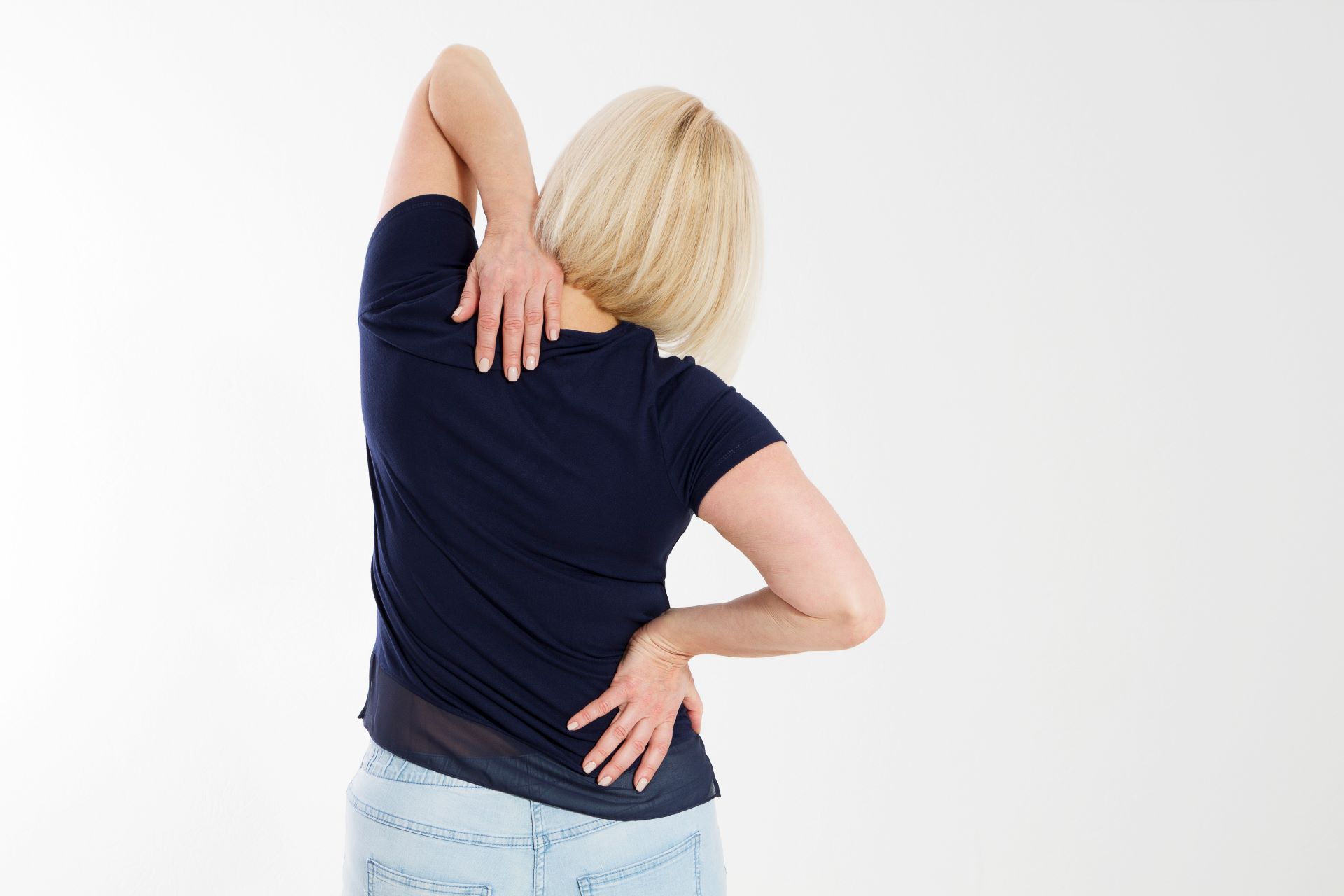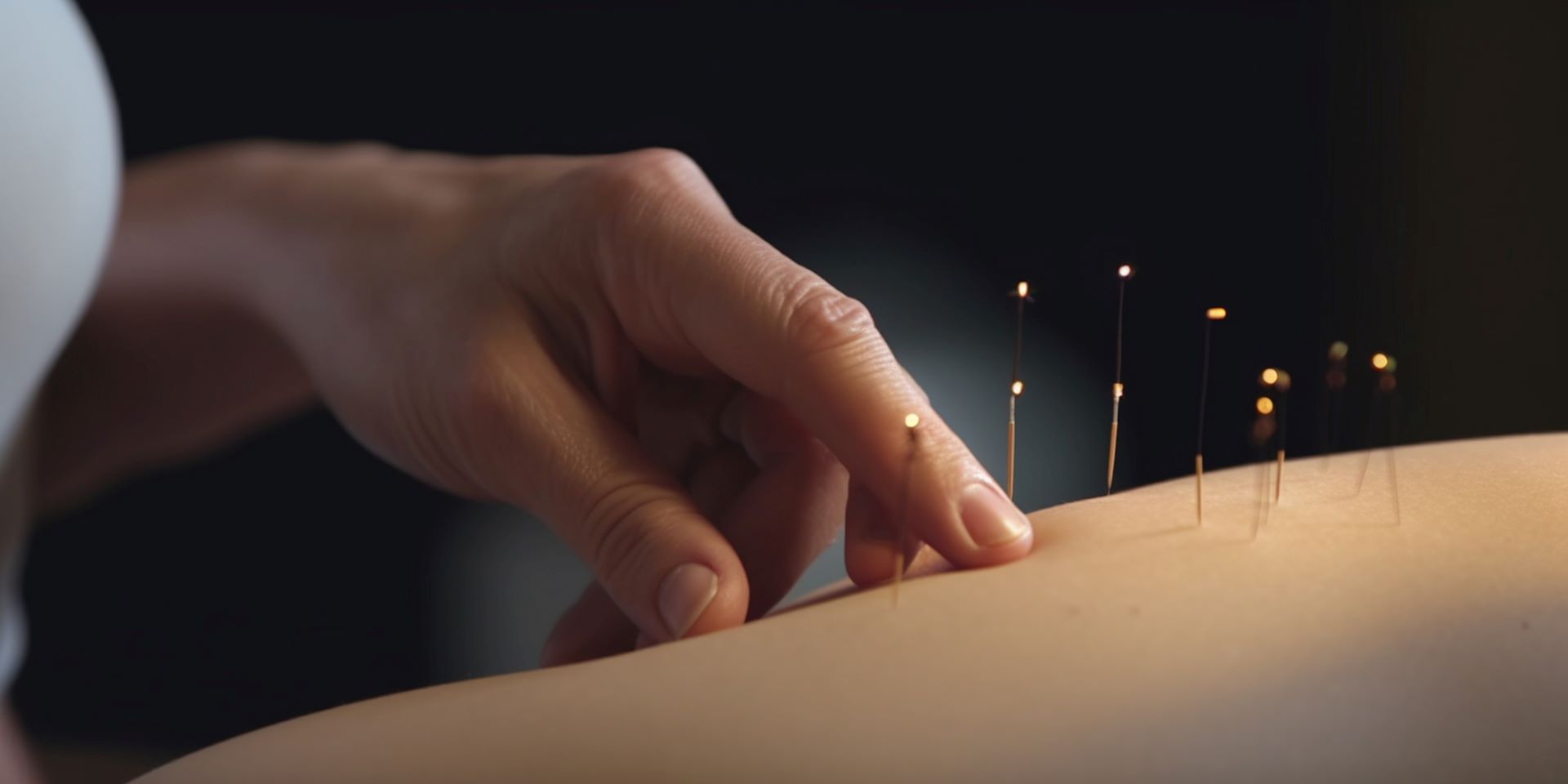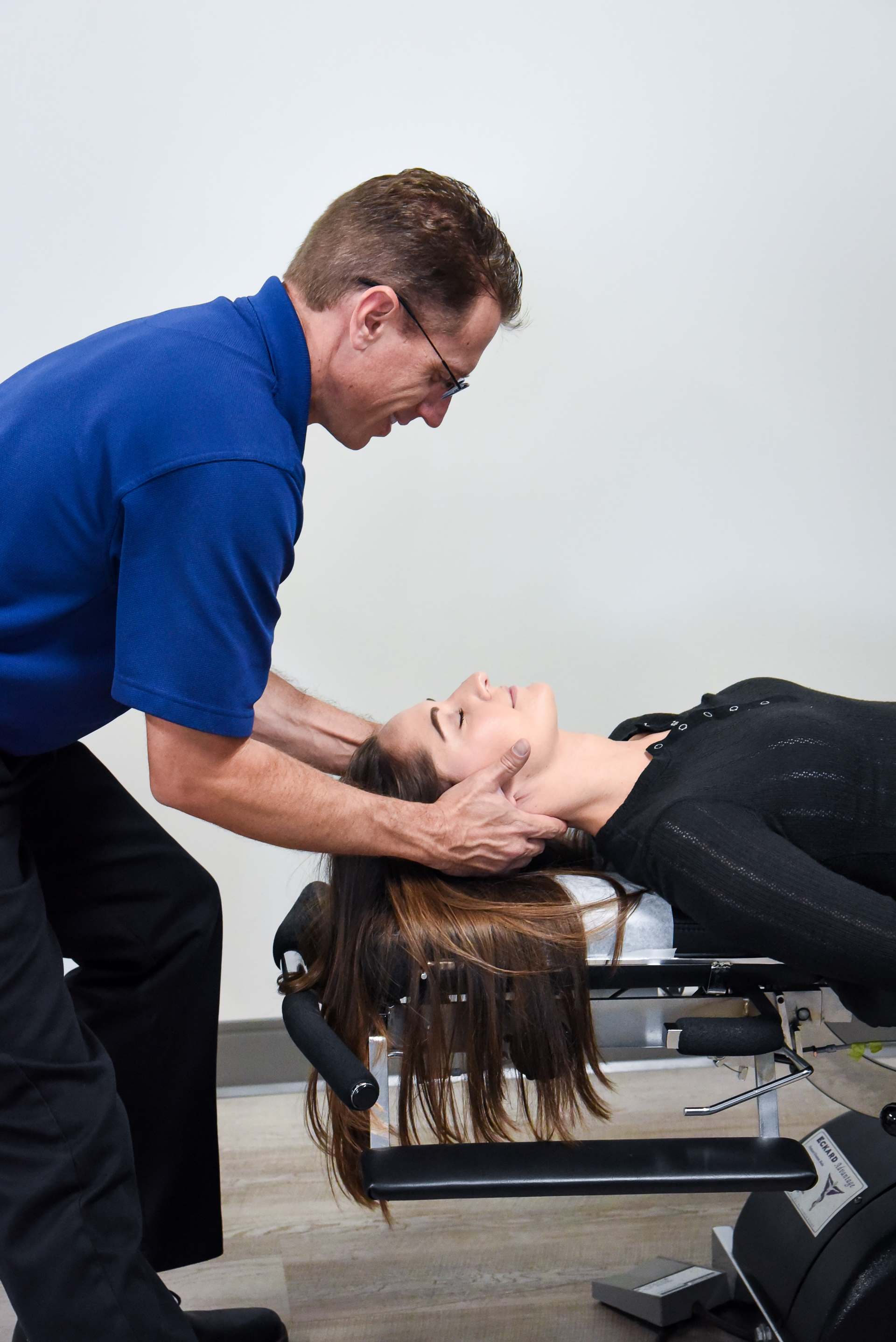The 4 Types of This Sideways Curvature of the Spine
Published on December 18, 2023
People with scoliosis have a side-to-side curve in the spine that can resemble an “S” or a “C.” The curvature is most often diagnosed in adolescents, but scoliosis can be diagnosed at any age.
Here are the four types:
Infantile Idiopathic Scoliosis
Infantile scoliosis is an idiopathic scoliosis affecting children who are younger than 4 years of age. It is most commonly seen in boys and is the only known scoliosis that can be self-resolving. However, when a curve to the right is seen, particularly in girls, the risk of progression is significantly higher. Overall, it is rare and accounts for less than 1% of all idiopathic scoliosis cases.
Juvenile Scoliosis
Juvenile scoliosis is an idiopathic scoliosis that affects children between 4 and 10 years of age. Like other forms of scoliosis, juvenile scoliosis is characterized by an abnormal sideways S or C curve of the spine.
Between the ages of 6-10, it is significantly more common in girls, and the risk of progression is much higher between both sexes. Around 7 out of 10 cases require intervention that can include exercises, bracing, traction and even surgery. Early detection is key in minimizing the impact.
Adolescent Scoliosis
Adolescent Idiopathic Scoliosis (AIS) is a scoliosis that affects children or adolescents from the age of 10 into young adulthood. This type of scoliosis is typically noticed around 11 to 12 years of age in girls, and slightly later in boys. The prevalence of this type of scoliosis is around 4% of children between 10 and 18. It’s commonly seen around the onset of puberty, and will typically worsen with growth spurts.
With curves under 25 degrees, exercises, traction and physiotherapy can be effective, but over 25 degrees often requires bracing. As a general rule, the less mature the spine and higher degree of curvature measured at the onset of scoliosis, the higher risk of progression. Skeletal maturation is measured on X-ray (Risser sign 0-5)
Adult Onset Scoliosis
There are two primary types of adult scoliosis:
- Pre-existing (usually adolescent idiopathic scoliosis (AIS) previously undetected), sometimes referred to as Adolescent Scoliosis in Adult (ASA). Sometimes these are known cases that become symptomatic in adulthood.
- The development of a new scoliosis, usually due to spinal degeneration. This is known as Degenerative De-Novo Scoliosis (DDS). Sometimes it’s just referred to as De-novo Scoliosis.
Recent
-
 Whiplash: the Invisible Injury
Whiplash: the Invisible Injury2023 December
-
 When to See a Back Pain Specialist
When to See a Back Pain Specialist2023 December
-
 What is Dry Needling?
What is Dry Needling?2023 December
Follow
Schedule Your Appointment Today
If you or a loved one has scoliosis, we want to help. We offer different types of scoliosis care. Contact us today to book a convenient appointment with Dr. Hicks.


